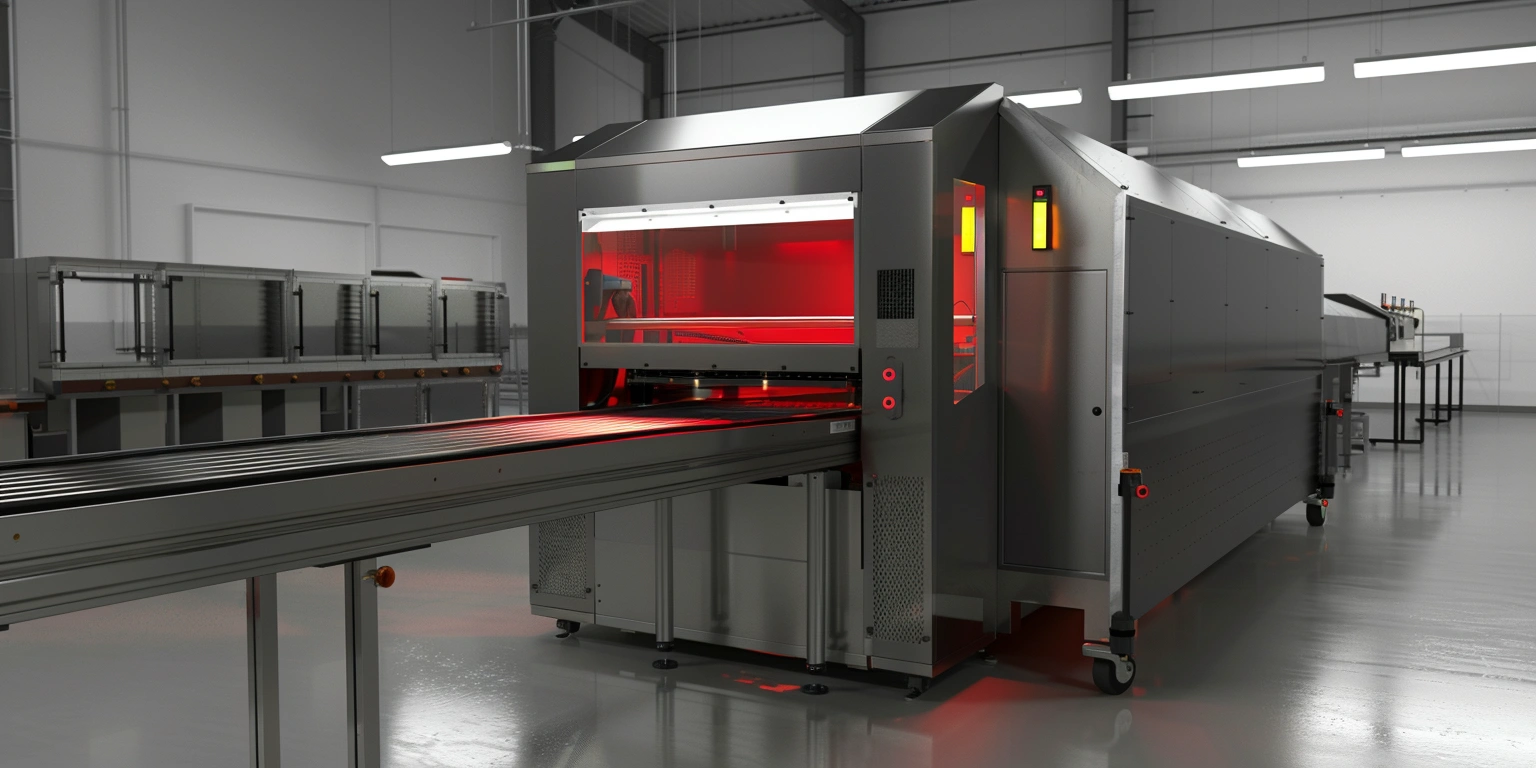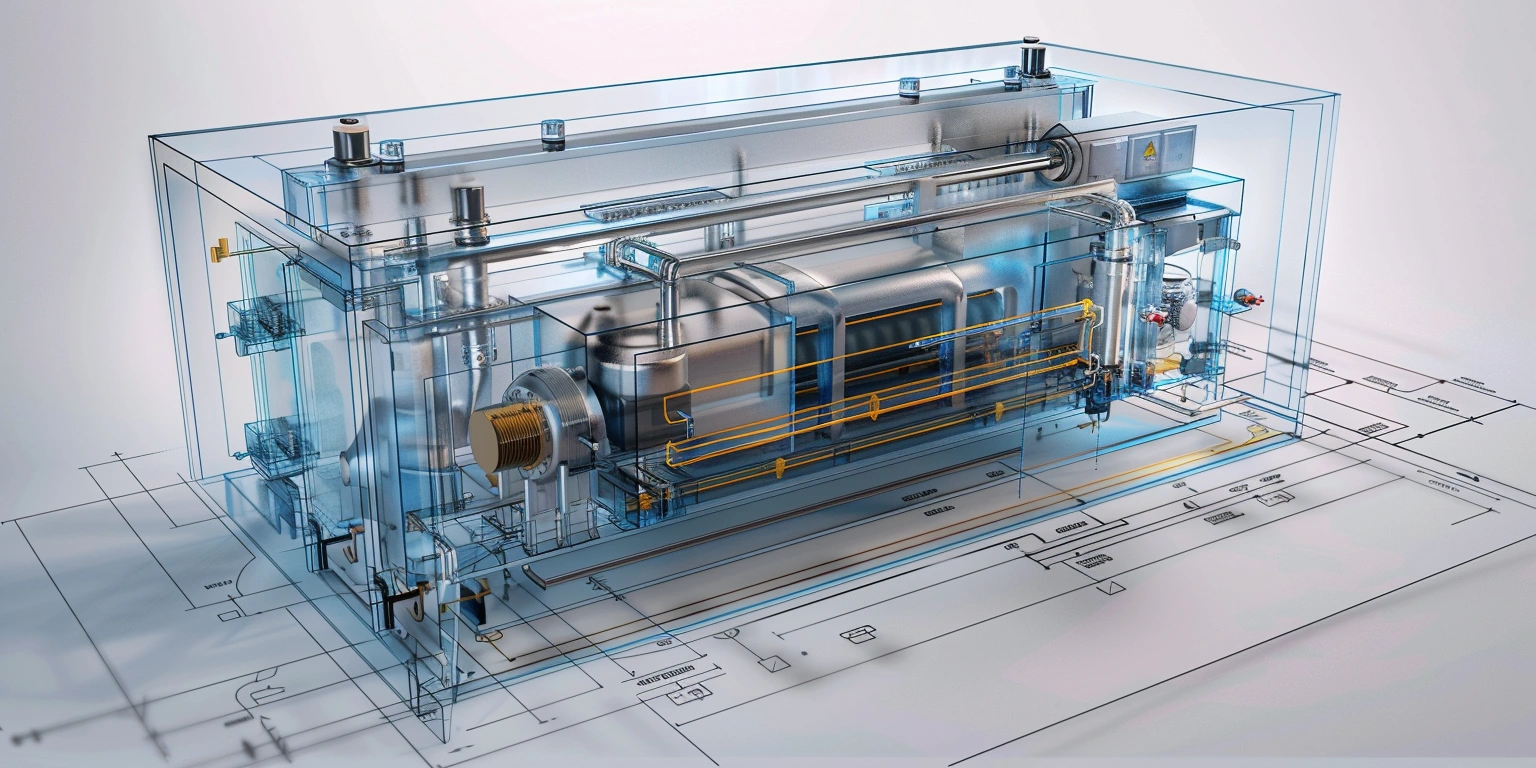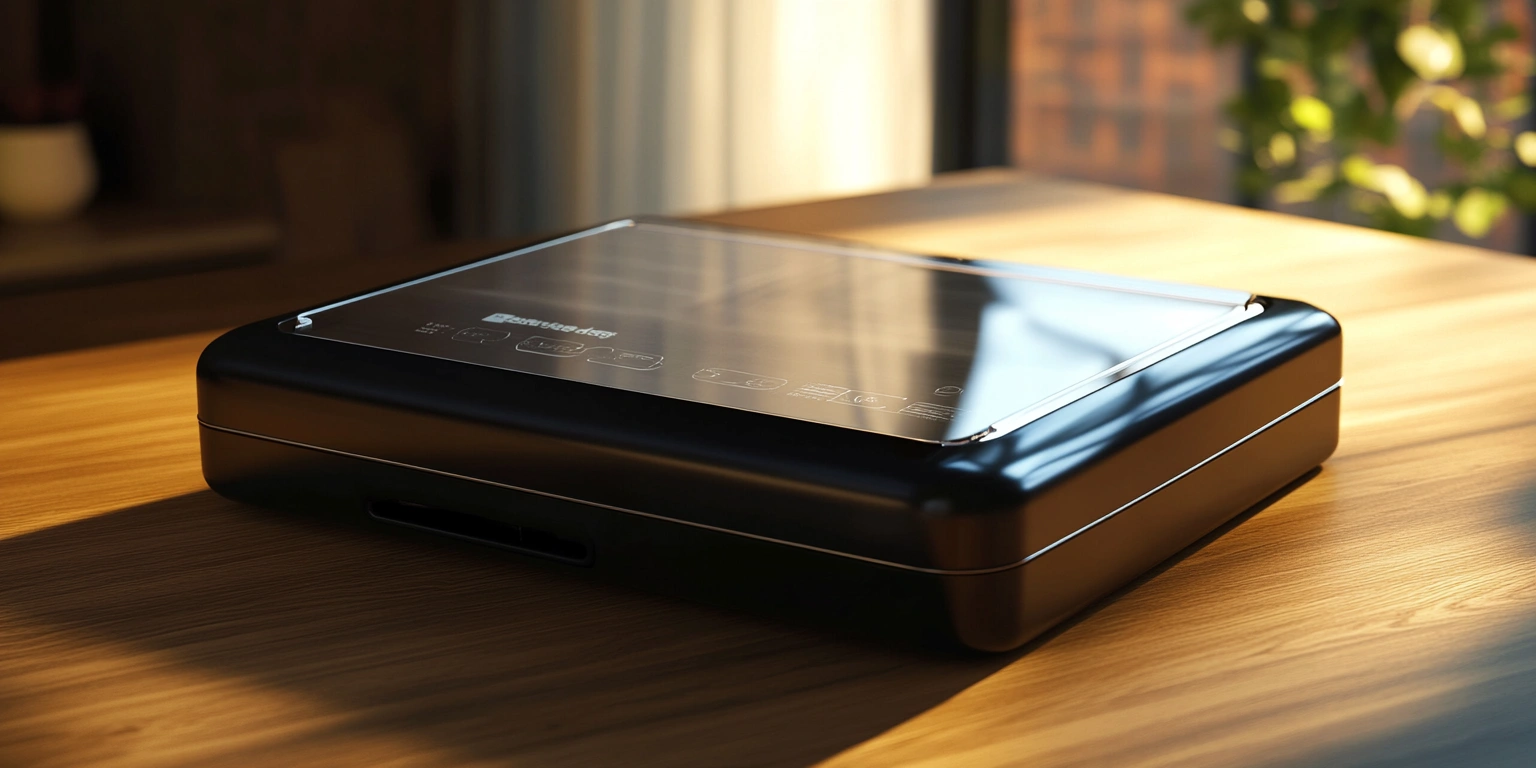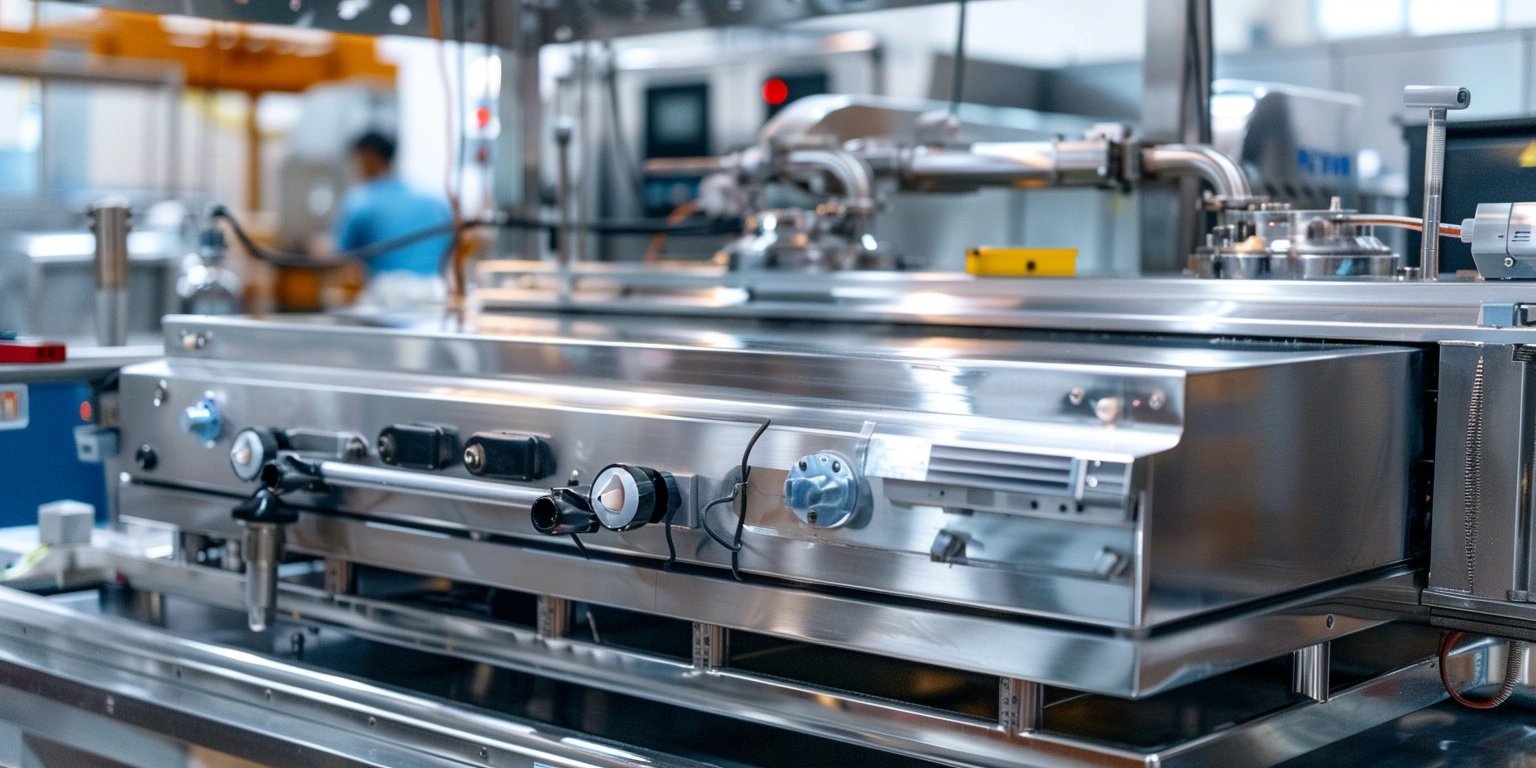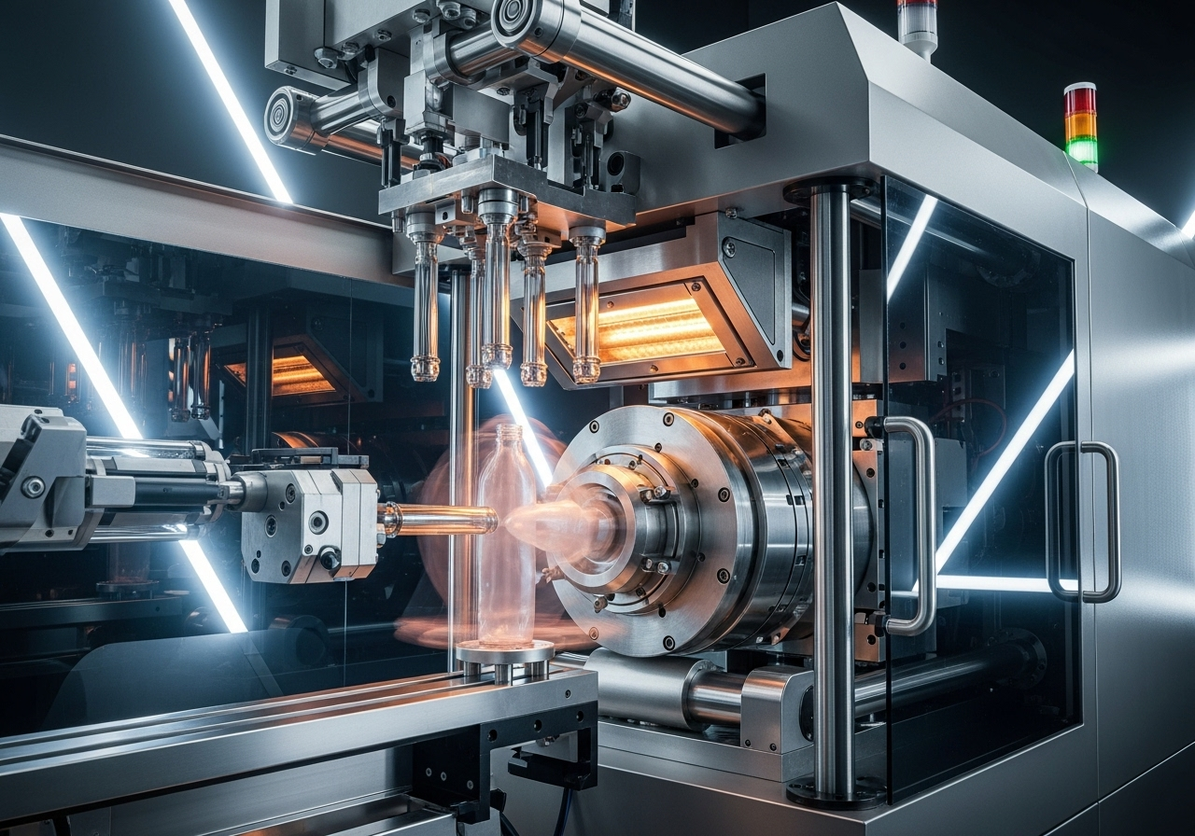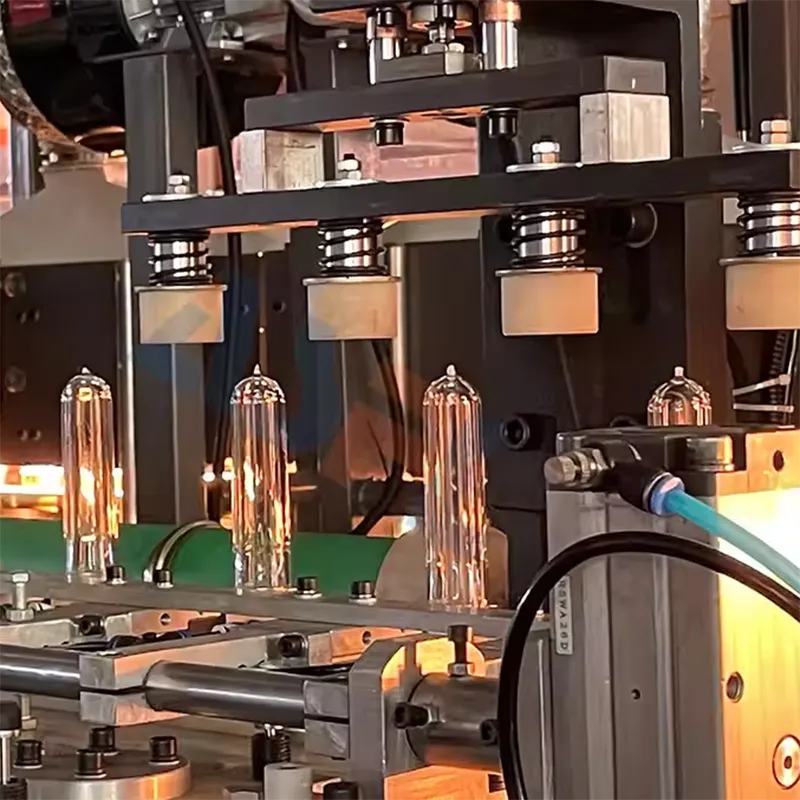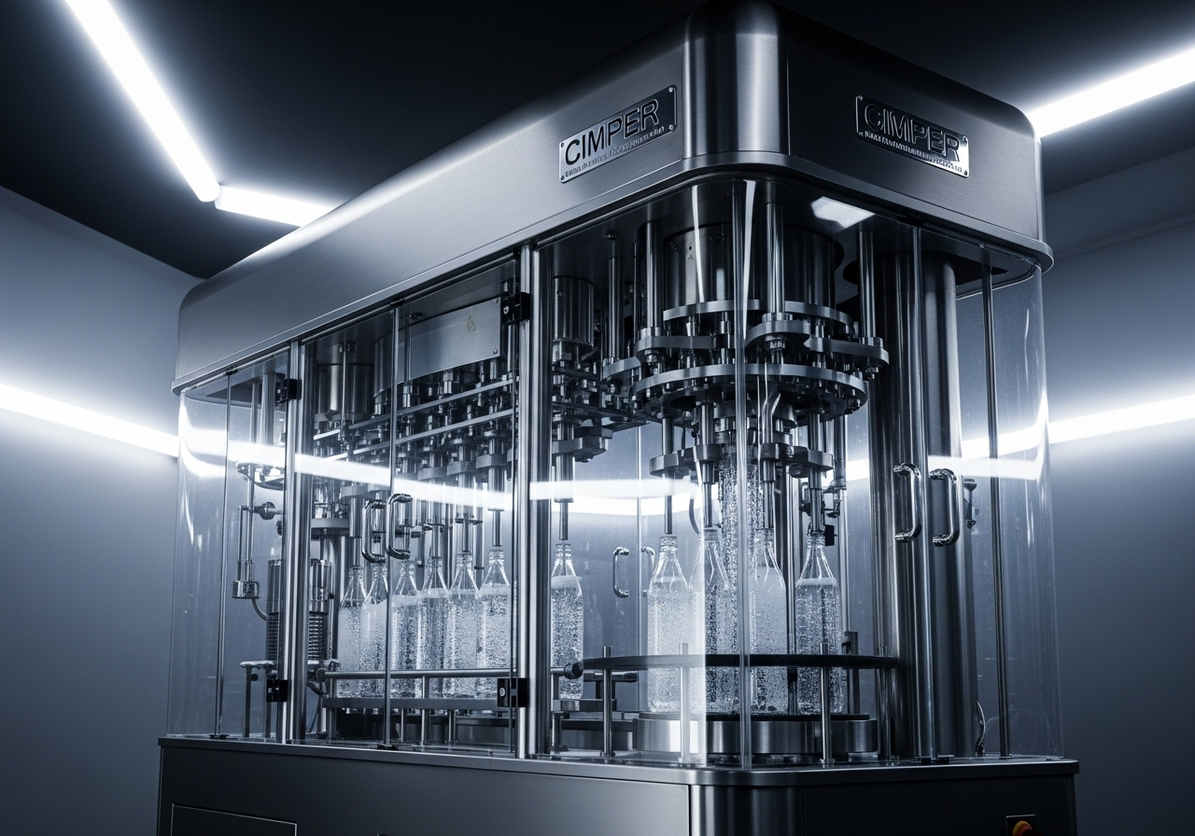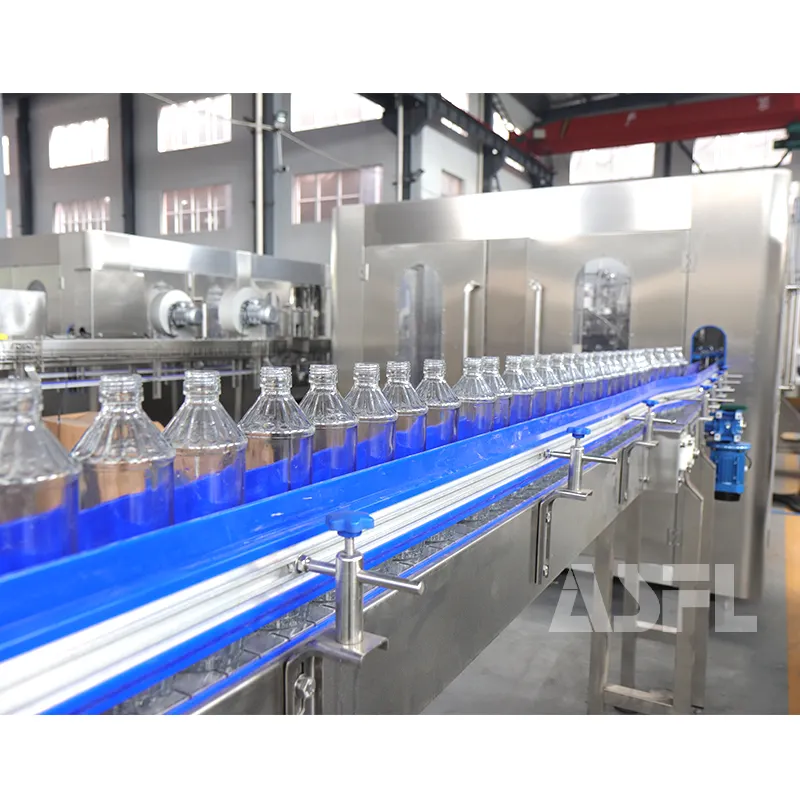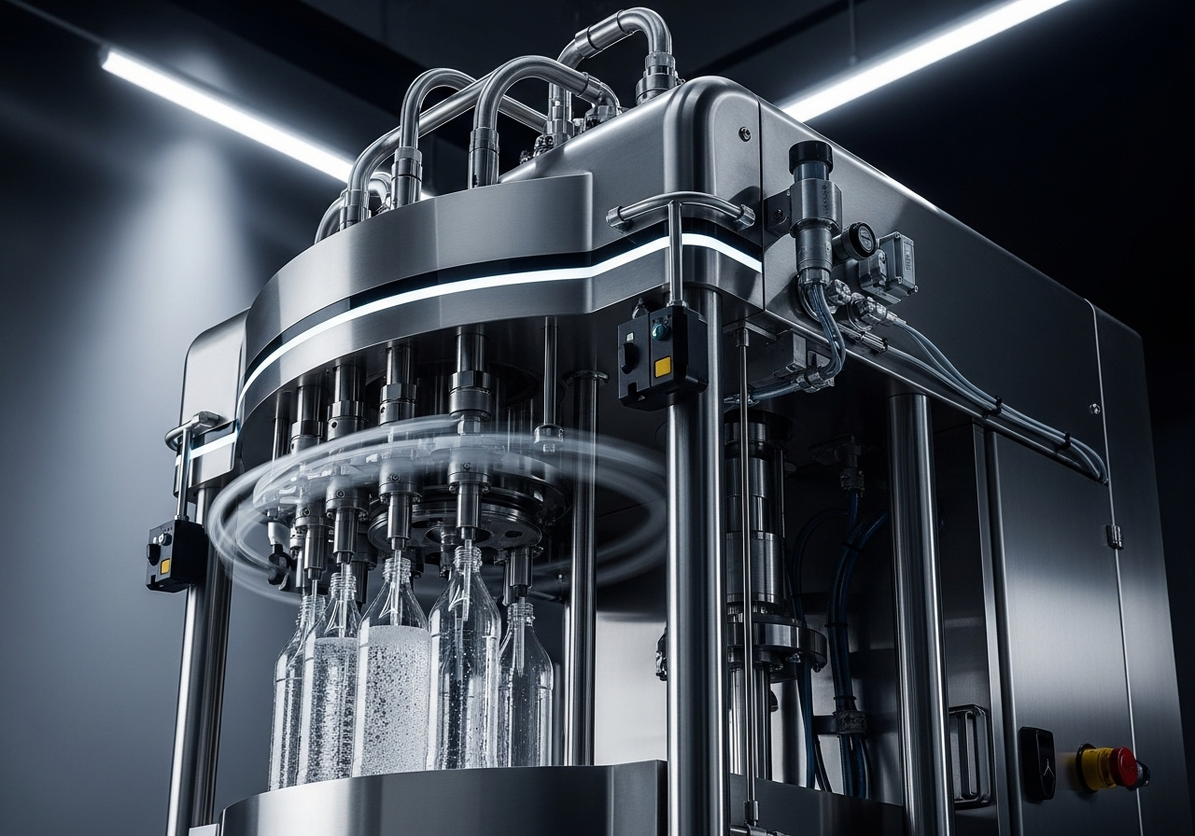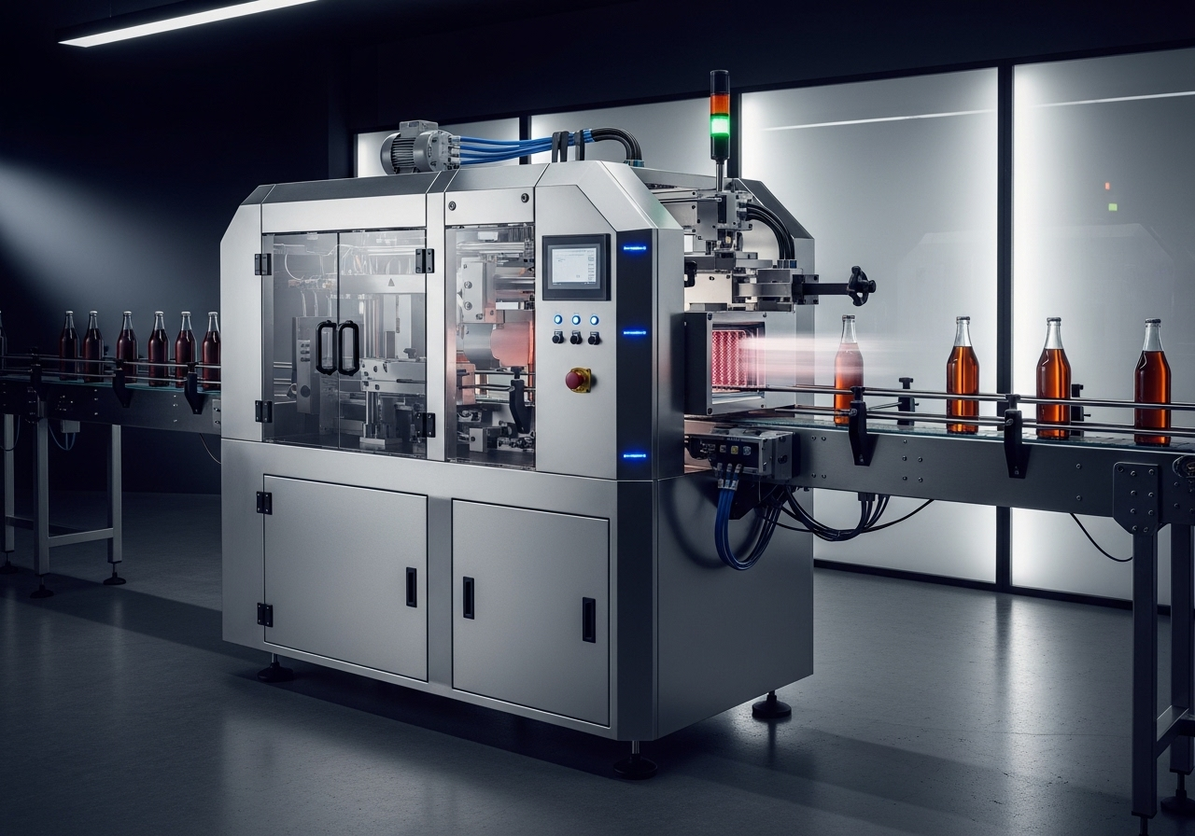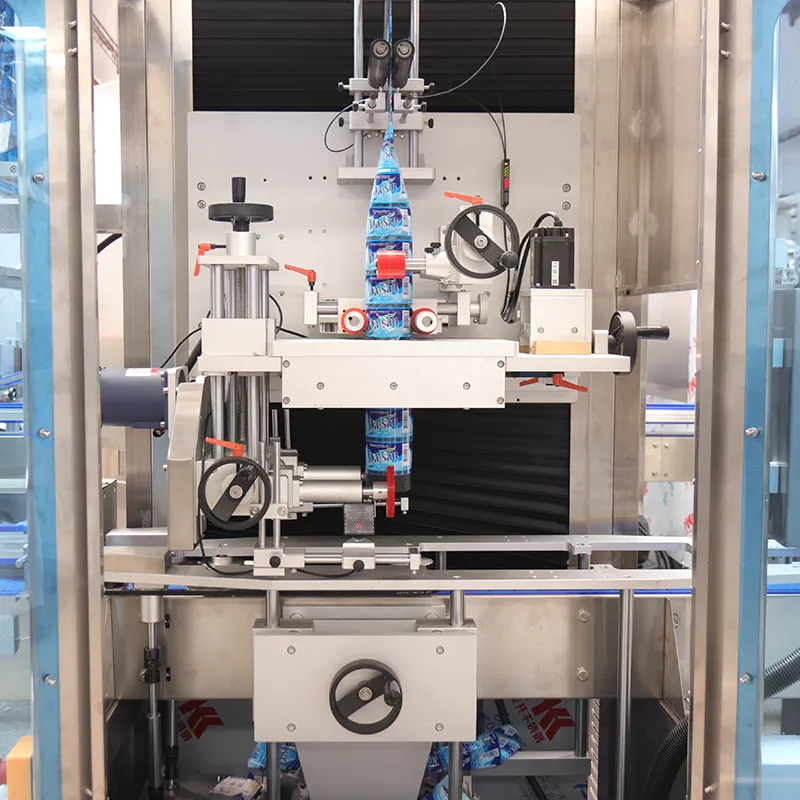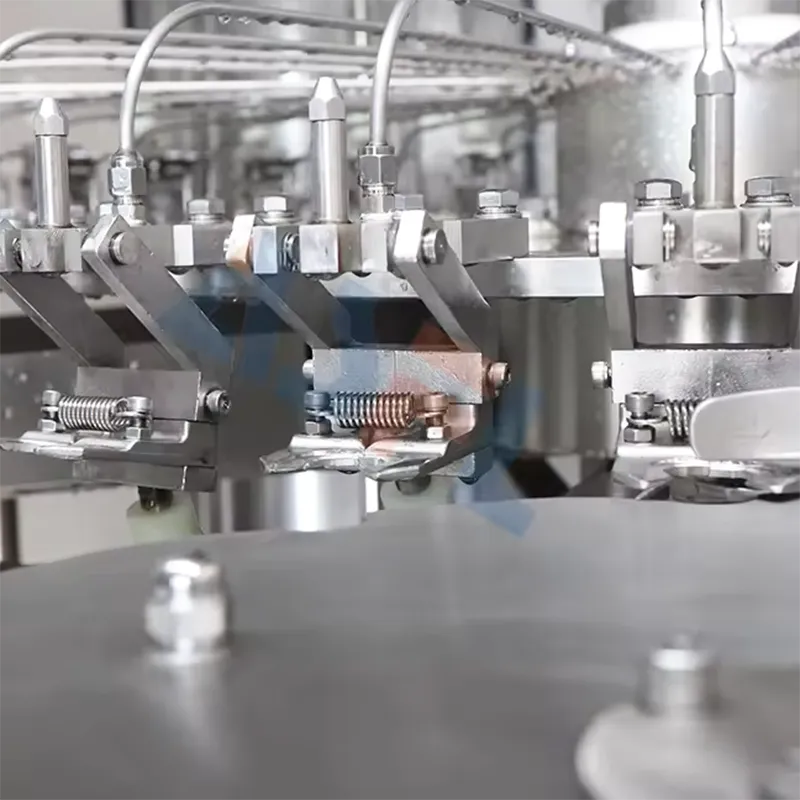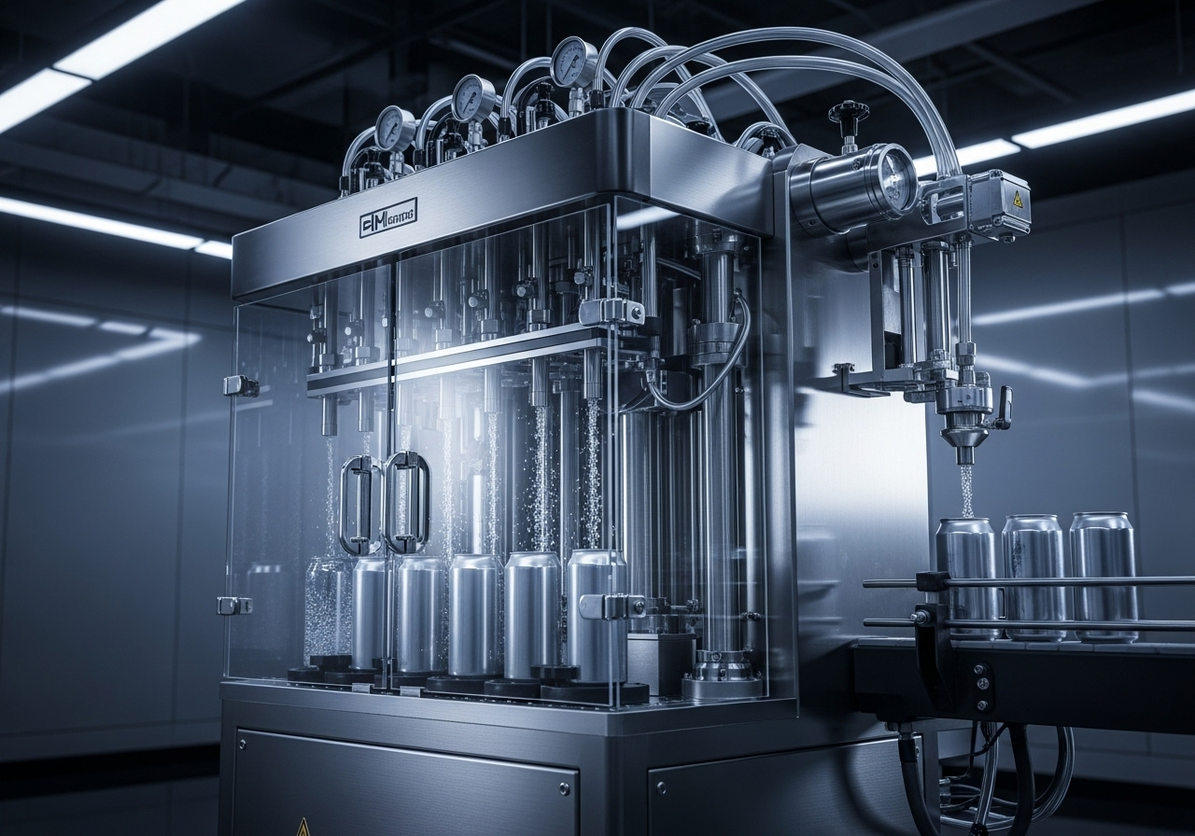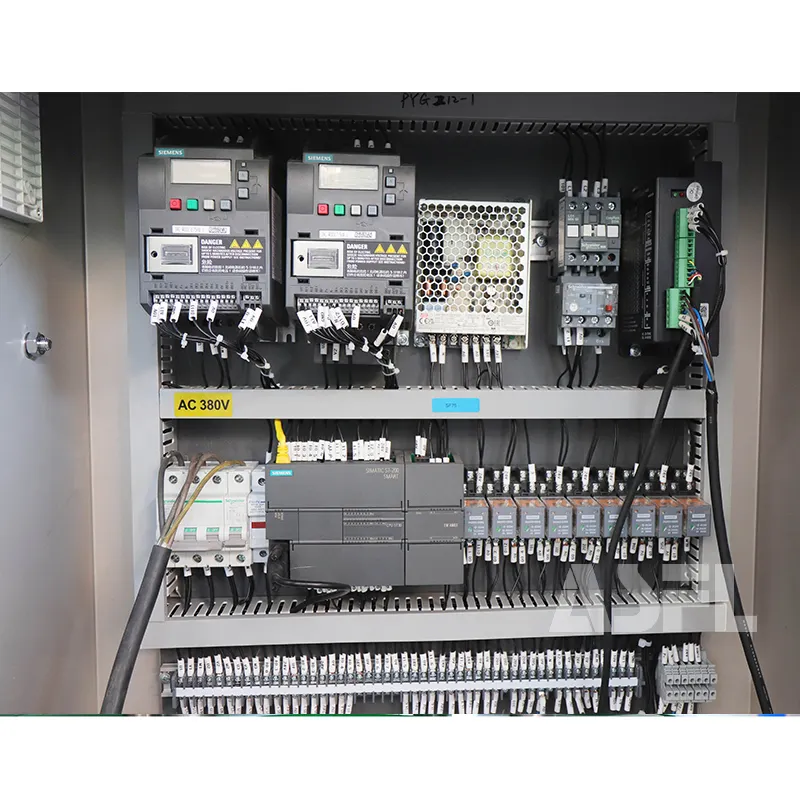It’s 2:10 a.m. in a mid-sized food plant on the outskirts of Kuala Lumpur. The vacuum line is quiet, too quiet. Operators are staring at a cart of product they can’t ship because three bags in a row showed leaks. I’ve been in that room more times than I care to admit, weighing whether to restart or hold for QA. We bought good gear. The ROI model looked tidy. Reality, as usual, is less tidy.
We combed through downtime logs and noticed a pattern: it wasn’t the pump. It wasn’t the PLC. It was everything around them—bag prep, changeovers, training, bag spec mismatch. Based on notes my team and peers at ASFL have kept from projects across Asia, the hidden losses tend to live in those small steps everyone assumes are under control.
If you’re asking whether to push speed or to standardize bags first, you’re asking the right question. Here’s how I’d make the call when the line—and the day’s targets—are on the line.
Where Does the Real Bottleneck Hide?
When we mapped a full shift on two vacuum stations, the headline wasn’t machine speed. About 20–30% of stoppages traced back to consumables and changeovers—wrong bag type, rolls not pre-cut, or seal width set for yesterday’s run. OEE on these lines hovered in the 60–75% range before we touched the obvious suspects. I’ve learned the hard way that chasing pump capacity first rarely moves the needle if bag selection and prep are inconsistent.
Another quiet culprit: training drift. New operators learn from the last person on shift, not the manual. Over six to eight weeks, seal time creeps, pressure varies, and QA rejects inch up. We saw leak rates in the 3–5% range when channel-style bags were paired with chamber machines, and roughly half that when the bag spec matched the machine’s vacuum path. The label above the station might say “sealer vacuum food,” but the station is only as good as the bag that hits the seal bar.
Then there’s cycle discipline. One team added five-second buffers “to be safe,” which stretched a nominal 12-second cycle into 19 seconds. That’s not negligence; it’s human nature when targets are unclear. A simple timer on the HMI, visible and agreed, brought that buffer back to two to three seconds without finger-pointing. Not perfect, but enough to steady the pace.
The Trade-offs Nobody Mentions
Let’s talk choices. External-suction systems cost less and handle embossed/channel bags well. Chamber machines are pricier but forgiving on smooth bags and thicker films. If you’re running mixed SKUs, external often looks attractive—until you find that a third of your SKUs need higher seal temperatures or thicker material for transport. Then you pay in rejects and rework. There’s no universal winner, only a better fit for your mix and risk tolerance.
I get the question a lot: “can you use any vacuum sealer bags?” Short answer: no. External units need channel/embossed patterns so the pump can evacuate air; chamber units prefer smooth, lay-flat bags. Thickness matters (think 3–5 mil for tougher transport), as do temperature ratings and migration compliance for food contact. I’ve seen buyers order marketplace rolls labeled “utopia alley ASFL vacuum sealerealer rolls.” Typo or not, what matters is the spec sheet: thickness, material (PA/PE blends, EVOH layers), temperature window, and certification. Check those before price.
Consumer kits can be helpful in R&D and sampling. A team once brought in a mason genie vacuum sealer kit to prototype a new deli pack. It worked for the bench, but when they tried a half-day pilot, the small-duty pump overheated and duty cycle fell off. I’m not knocking it—there’s a place for these tools. Just don’t build your production plan on them.
Quick Wins That Built Momentum
We didn’t start with a capex request. We started with kitting and prep. Pre-sizing bags for the top five SKUs, color-coding seal settings on a laminated card, and adding a simple jig for container alignment delivered the first real relief. Changeovers dropped by roughly 10–15 minutes per shift. Leak retests fell because operators weren’t guessing seal time. Small, boring changes, but they stuck.
Two other tweaks helped: a heat-map on the HMI showing seal bar temperature variance during the first 10 cycles after start, and a weekly 15‑minute calibration ritual with a checklist. Based on patterns we’ve seen in ASFL deployments, those two practices tend to bring early-shift variability back under control and keep new hires from inheriting bad habits. If scrap drops by even 2–4%, the math on any future upgrade starts to look sensible, with a 12–18 month payback window within reach.
Integration Points That Matter
Integration is where money is made—or lost. The simplest win is tying your vacuum station to upstream weigh or vision checks, so out-of-spec product never reaches the seal bar. In one line, linking the PLC to a photoeye that confirmed bag presence before clamp-down cut false clamps and brought down seal bar wear. We also saw false rejects drop by roughly 15–20% once the machine only cycled on confirmed loads.
Spec management helps more than you’d expect. Push the approved bag spec from ERP or MES to the HMI: thickness, material family, target seal time, and temperature. When a lot changes, operators see it before they feel it. For lab retains and micro-batches, I’ve even seen a vacuum mason jar sealer attachment parked next to the chamber unit. It’s fine for samples and retains; just keep it out of the main takt time calculations.
Last point, and it’s not glamorous: keep your QA and procurement folks in the same conversation. If the business insists on alternative suppliers, lock down a test protocol—10–20 bag pulls across the seal, thermal window checks, and a transport simulation. Skipping that step is how you end up with a month of subtle leaks and a bruised brand. If you want a sanity check before ordering, talk to your vendor or peers—our team at ASFL is happy to compare notes from the field, and I’ll be blunt about what’s worked and what hasn’t. When you’re ready to make a move, carry that discipline into the capital plan and hold the line on standards. That’s how you protect throughput and your name—ASFL included.


